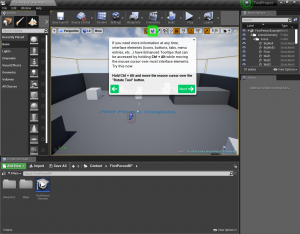I’ll kick off a series of posts about SJ’s cast of characters, as part of working the winter’s accumulated changes into the script, with a char I haven’t explored on the blog so far.
Her name is Nkoyo (nuh-koyo for you English people), meaning “Woman can do everything”.
Nkoyo…
- is Black (Yoruba).
- never speaks or smiles.
- has ritual scars.
- has a strong sense of right and wrong.
- is second-in-command of the “Banshees”, the game’s group of ex-military women who banded together for a better future.
- is best buddies with Banshee leader Esperanza.
- resents being drafted into the “Herd” faction of deserters, and has a burning hatred for Herd leader, Colonel Hastings.
- secretly prays to (Yoruba god) Shango instead of the Herd’s god, the Star-Eater.
- never forgot, and still feels bound by, her Army service oath even after deserting.
- doesn’t trust people easily, and always suspects Scout.
- can, and will, go toe-to-toe with any man.
Nkoyo was one of the early characters in Scout’s Journey (she was already in the 2013 draft), originally the sidekick of Esperanza, who in turn is a foil for protagonist Scout.
Esperanza is a tormented soul and the idea of having this very physically imposing, silent counterpart do the dirty work for her sensitive friend came naturally. They are a dynamic duo. And when Essie befriends Scout, Nkoyo begins to suspect her.
Nkoyo was a difficult character to write, precisely because she was so silent. She was quiet, violent and frightening. How do you approach that character?
Taking serious the Yoruba thing, without overstating it, was one step. An introverted African-European girl finds her peers in the group of women under Essie’s command. They become her tribe.
They allow her to express herself, ironically since she never speaks, but they interpret what she scribbles in marker on a notepad. Here, individuality is allowed, unlike in the rigid Herd faction, and she rediscovers her Yoruba culture in the worship of Shango, who like Nkoyo, “is known for his anger” (Wikipedia). It is her way to rebel: I’m different, deal with it.
Like Essie’s Christianity and Scout’s Goddess alliance, it is also open defiance of the Herd’s Star-Eater cult – I believe what I want, deal with it.
Why does anyone never talk? Let’s assume there is some kind of trauma involved. Maybe immigration. A dark, tall, violent girl with facial scars in a white, European schoolyard. Fight or flight.
She didn’t have a lot of lines in the script at the best of times, so the peculiarity was easy enough to accomodate. The player discovers spoken logfiles by the other characters — hers are written. The only other character whose logs are markedly different is Banshee engineer Giselle, who encrypts hers.
The silence provided a handle on her, for character development even, because of course she must eventually speak.
When no one else can.

